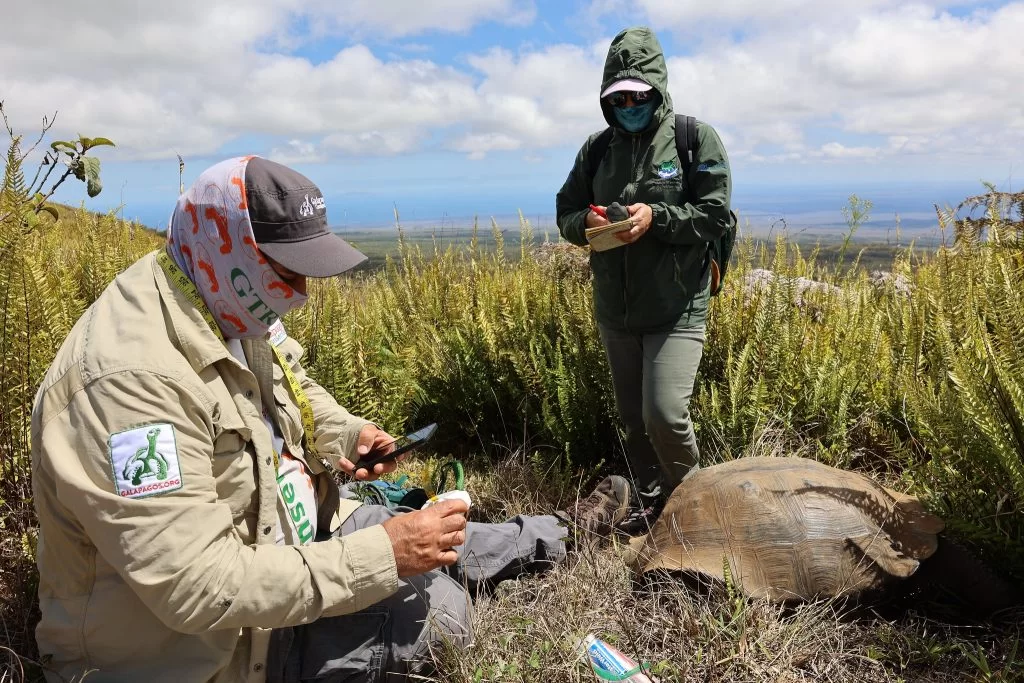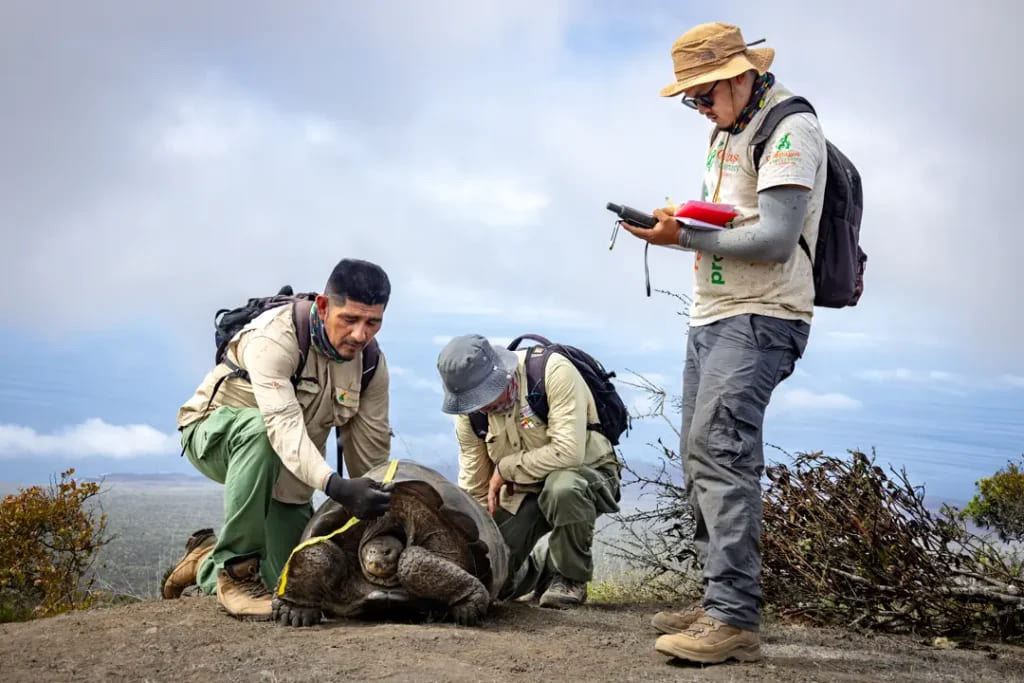Satellite tracking is one technology being used to study the Galapagos Islands’ Giant Tortoises. Scientists can attach GPS devices to the shells of tortoises and track their movements and activities, which provides critical information that will help in the management and conservation of these rare animals.
Scientists can now study the Alcedo Volcano Giant Tortoises of Isabela Island using this technology without needing to spend too much time on the volcano. Satellite tracking data is crucial for the management of this population. It is used to answer key questions regarding the movements and habitat use of the tortoises.
These GPS devices are approximately 3×3 inches in size and can be attached to tortoises shells. These GPS devices are the most recent in satellite tracking technology, and they weigh only 200g, so they don’t have any effect on tortoises,” Washington Tapia, General Director at Galapagos Conservancy, and Conservando Galapagos, said.
Satellite tracking and other management actions are crucial for Giant Tortoise restoration and conservation. Alcedo Volcano Giant Tortoises currently numbers approximately 10,000. This makes it the island’s largest tortoise colony. The successful management programs such as the 2006 eradication and permanent feeding of donkeys and goats have helped to restore the vegetation.
It takes significant time and effort to implement and maintain conservation measures for Giant Tortoises who live on the Alcedo Volcano, which is remote and difficult to access. Galapagos Conservancy is grateful for the support that has been given to these efforts to save and restore Galapagos’ iconic Giant Tortoises.

Washington Tapia on mission to attach Satellite Tracking Devices © Galápagos Conservancy



